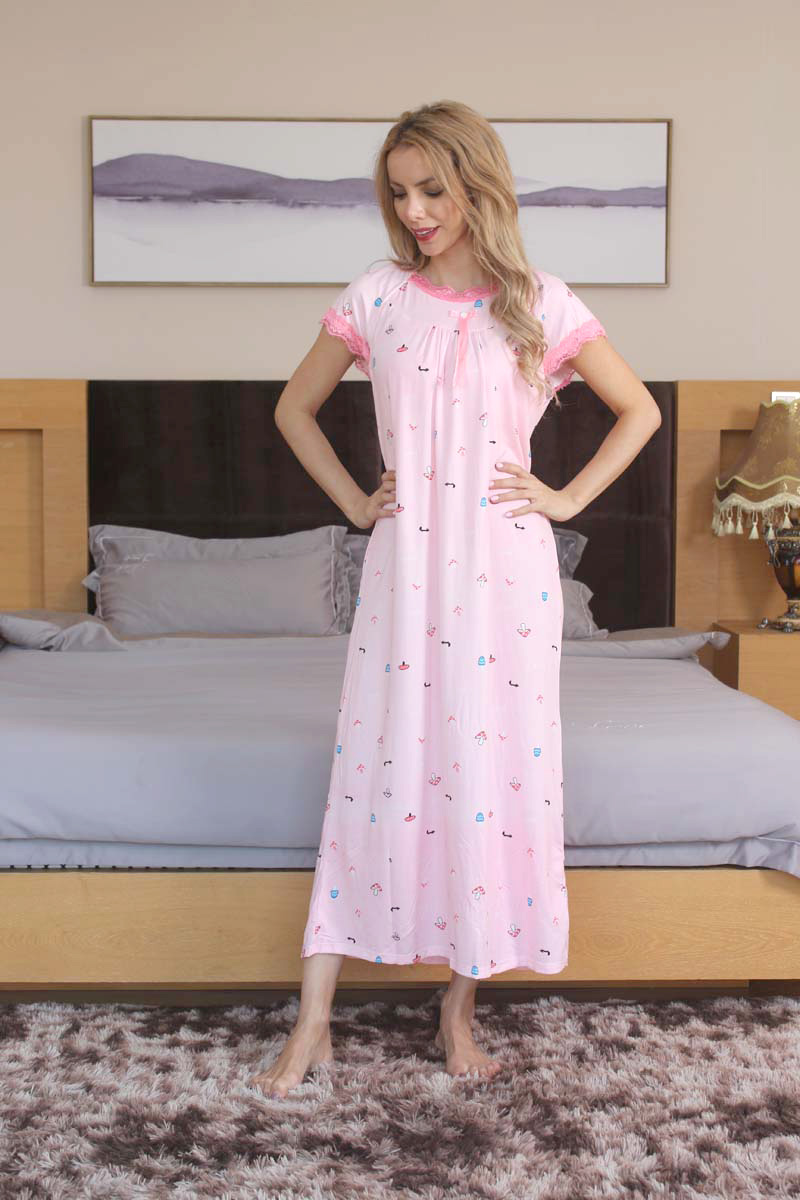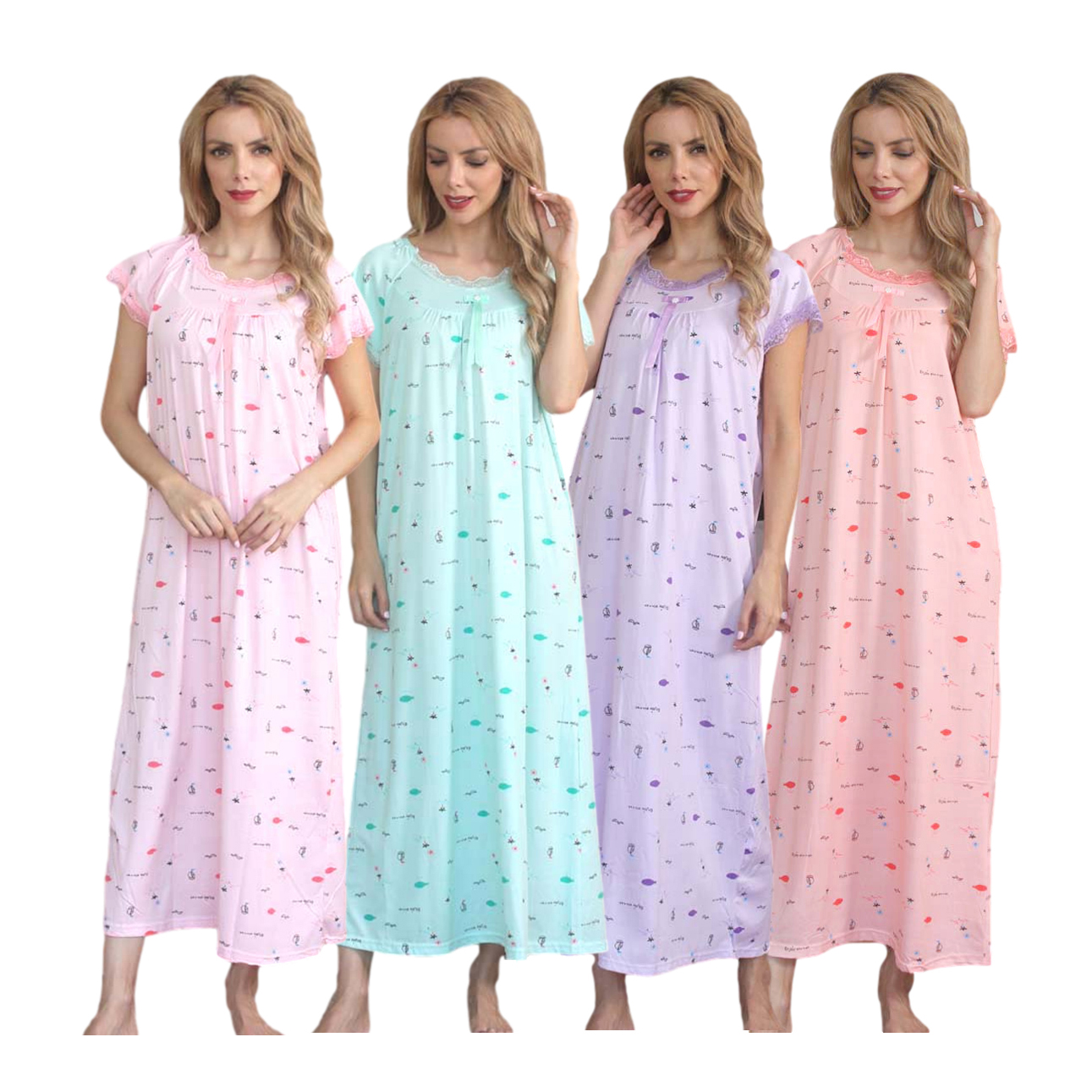







Is rayon just another name for polyester? You might be surprised.Many think these fabrics are the same. They’re not.Rayon and polyester look alike, but they’re made very differently.In this post, you’ll learn what rayon really is, how it compares to polyester, and why it matters.
Rayon is not fully natural or fully man-made. It lives somewhere in between.
It comes from wood pulp—from trees like bamboo or beechwood.
This pulp is broken down using chemicals. Then, it’s turned into fiber.Even though it starts as wood, the process makes it semi-synthetic.
That means it looks and feels like natural fabric but goes through heavy processing.Here’s a quick look:
Source | Nature-Based? | Processed with Chemicals? | Final Type |
Rayon (Viscose) | Yes (wood) | Yes | Semi-synthetic |
Polyester | No (oil) | Yes | Fully synthetic |
It’s made from natural cellulose, but the fiber doesn't stay natural for long.
After harsh chemical steps, it becomes soft and smooth—kind of like silk.So, we say rayon is semi-synthetic: part plant, part lab.
Rayon comes in different styles. Each one feels a little different.
● Viscose Rayon – The most common kind. Drapes well, soft, often used in fashion.
● High Tenacity Modulus Rayon – Stronger and more durable. Great for industrial use.
● High Moisture Modulus Rayon – Holds shape better when wet. Often blended with cotton.
● Cuprammonium Rayon – Very fine and silky. Used in light, soft clothing.
Polyester doesn’t come from trees. It starts with oil, not plants.
It’s made from petroleum, usually PET (polyethylene terephthalate).
Factories use chemical reactions to make long plastic-like fibers.These fibers are then spun into thread and woven into fabric.
Here’s a breakdown:
● No wood or plants used.
● 100% man-made in labs.
● Tough and long-lasting—used everywhere from shirts to tents.
Most polyester clothing uses PET, but there’s more than one kind.
● PET (Polyethylene Terephthalate) – Common in clothing, bottles, home goods.
● PCDT (Poly-1,4-cyclohexyl dimethylene terephthalate) – Used in heavier, more durable fabrics like curtains and upholstery.
Everything in polyester starts in a lab.
No trees, no natural fiber—just oil-based chemicals.
And unlike rayon, polyester doesn't break down in nature.
It’s tough to recycle and can stick around for hundreds of years.

Both rayon and polyester are used all around us. But each one fits better in different places.
Rayon feels light and soft. That’s why it’s used in:
● Dresses – Flows well and feels smooth on skin.
● Blouses – Comfortable, breathable, stylish.
● Undergarments – Soft and gentle for all-day wear.
Polyester is tougher. It’s used in:
● Jackets – Wind-resistant and holds shape.
● Uniforms – Stays neat even after many washes.
● Sportswear – Handles sweat, stretch, and movement.
Garment Type | Rayon | Polyester |
Everyday Comfort | Soft blouses, casual dresses | Easy-care shirts, trousers |
Activewear | Light layers (less common) | Gym clothes, running gear |
Undergarments | Smooth and soft feel | Often blended for strength |
Rayon is used in:
● Curtains – Flows nicely, blocks light softly.
● Bed Linens – Smooth and cool against skin.
Polyester is more durable, so it shows up in:
● Upholstery – Tough and fade-resistant.
● Outdoor Gear – Water-resistant, easy to clean.
Polyester shines in sports and tough environments.
● It doesn’t soak up sweat like rayon does.
● It dries fast and keeps its shape.
● It’s found in jackets, leggings, backpacks, even tents.
That’s why athletes, hikers, and travelers often choose polyester.

You can’t treat rayon like polyester. They act very differently in the wash.
Rayon needs a gentle touch.
● Wash in cold water.
● Do not wring or twist.
● Air dry only. No tumble drying.
● Iron on low heat if needed.
It can shrink or tear easily, so treat it kindly.
Polyester is easy. Toss it in the machine and go.
● Machine wash? No problem.
● Tumble dry? Yes.
● Wrinkles? Barely any.
● Stains? Comes out fast.
Here’s a quick look:
Feature | Rayon Care | Polyester Care |
Washing | Cold, gentle wash | Machine washable |
Drying | Air dry only | Machine dry is fine |
Ironing | Low heat | Rarely needed |
Durability in Wash | Weak, handle gently | Very strong |
Not all fabrics are created equal—especially when it comes to the planet.
Let’s look at how rayon and polyester stack up in terms of sustainability.
Rayon starts with something natural: cellulose from wood pulp.
That means it’s biodegradable—it breaks down over time.
But there’s a catch.
Turning trees into soft fabric takes lots of chemicals.
The process can be harmful if waste isn't handled well.It also uses a lot of water, and some factories still use outdated, polluting methods.
Rayon Pros | Rayon Cons |
Plant-based and renewable | Chemical-heavy processing |
Biodegradable in nature | Not always responsibly sourced |
Soft, breathable fabric | Water and air pollution risks |
Polyester is fully synthetic. It’s made from petroleum—a fossil fuel.
That means it’s not biodegradable at all.
Once it’s made, it can stick around for hundreds of years.
Making polyester also releases carbon emissions and uses energy from nonrenewable sources.
Polyester Pros | Polyester Cons |
Durable and long-lasting | Comes from nonrenewable oil |
Can be recycled | High carbon footprint to produce |
Low-maintenance to wash | Sheds microplastics when washed |
Here’s where they really differ.
● Rayon: Made from plants, it breaks down naturally. No special recycling needed.
● Polyester: Won’t break down on its own, but can be recycled with effort.
Recycling polyester takes lots of energy, and not every facility accepts it.
Still, recycled polyester (rPET) is better than making new plastic-based fabric.
Feature | Rayon | Polyester |
Biodegradable? | Yes | No |
Can be recycled? | Rarely needed | Yes, with energy |
Long-term waste risk | Low (if sourced right) | High (if not recycled) |
Sustainable source? | Trees (renewable) | Oil (nonrenewable) |
Rayon and polyester are not the same. They come from different sources and feel very different.Rayon is soft and breathable. Polyester is strong and lasts longer.Pick rayon for comfort. Choose polyester for strength or easy care.Think about the planet too. Rayon is biodegradable. Polyester can be recycled.Choose what fits your needs best.
A: Rayon is semi-synthetic. It’s made from natural wood pulp but processed with chemicals.
A: Yes, rayon can shrink and wrinkle, especially if washed in hot water or dried improperly.
A: No. Rayon needs gentle care—cold water wash and air drying. Polyester is machine-washable and easy to maintain.
A: Rayon is cooler. It breathes better and absorbs moisture, keeping you more comfortable in warm weather.
A: Rayon is better for summer. It’s breathable and lightweight, while polyester can trap heat and moisture.
A: Yes. Rayon is highly breathable and allows air to pass through, helping you stay cool.
A: Rayon is biodegradable but not commonly recycled. It breaks down naturally over time.
A: Yes. Rayon wrinkles more easily, while polyester is more wrinkle-resistant and keeps its shape better.